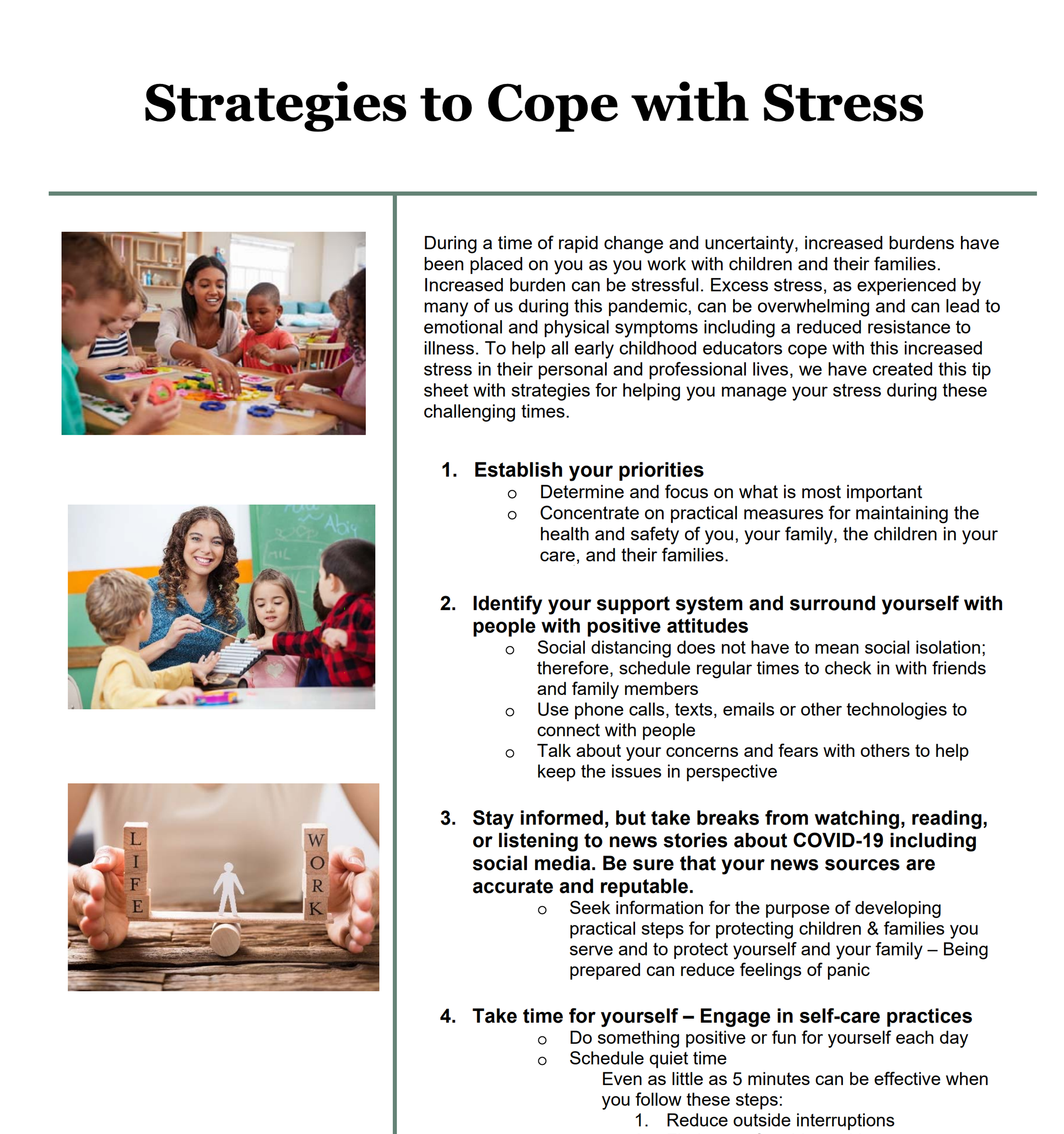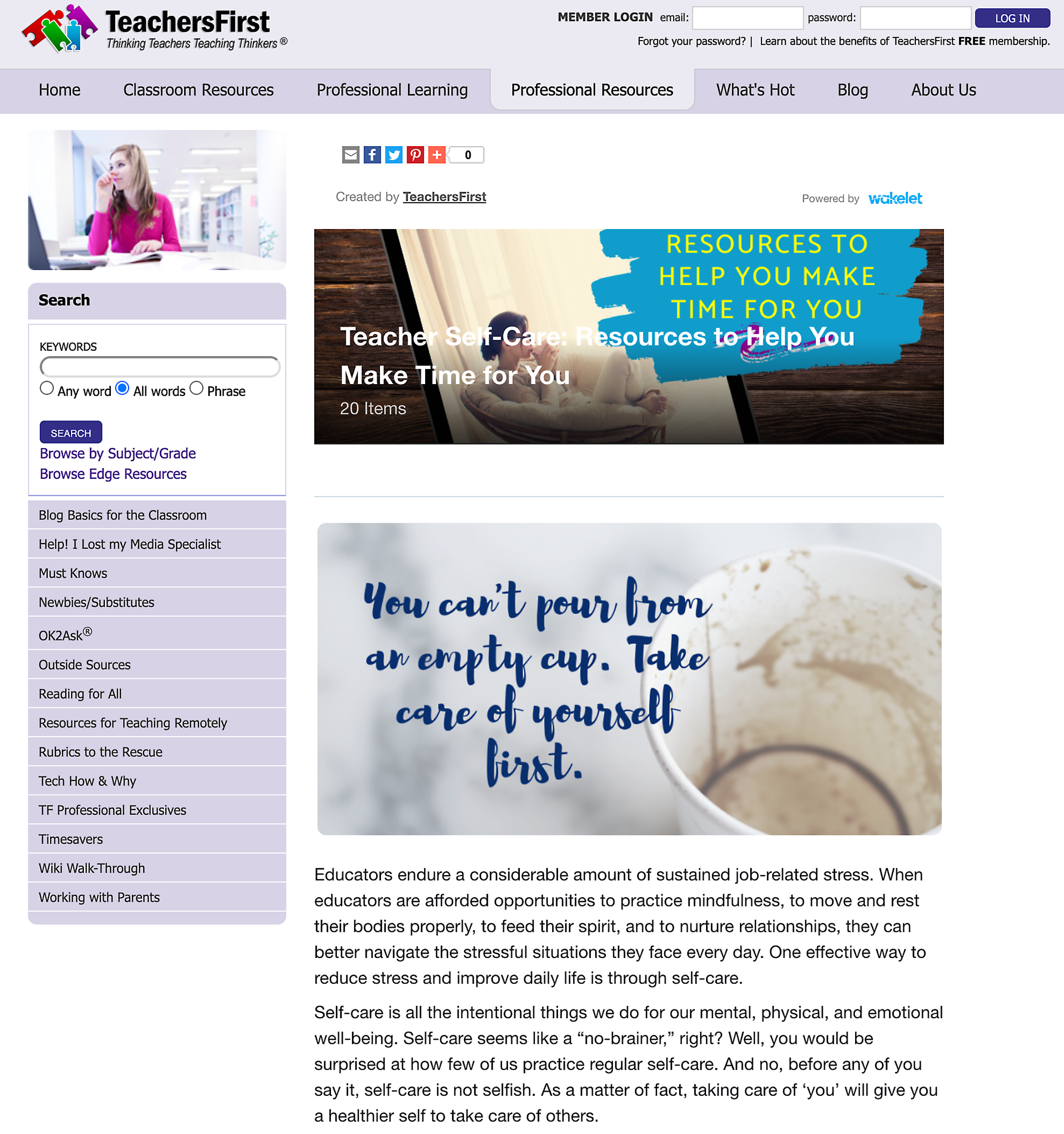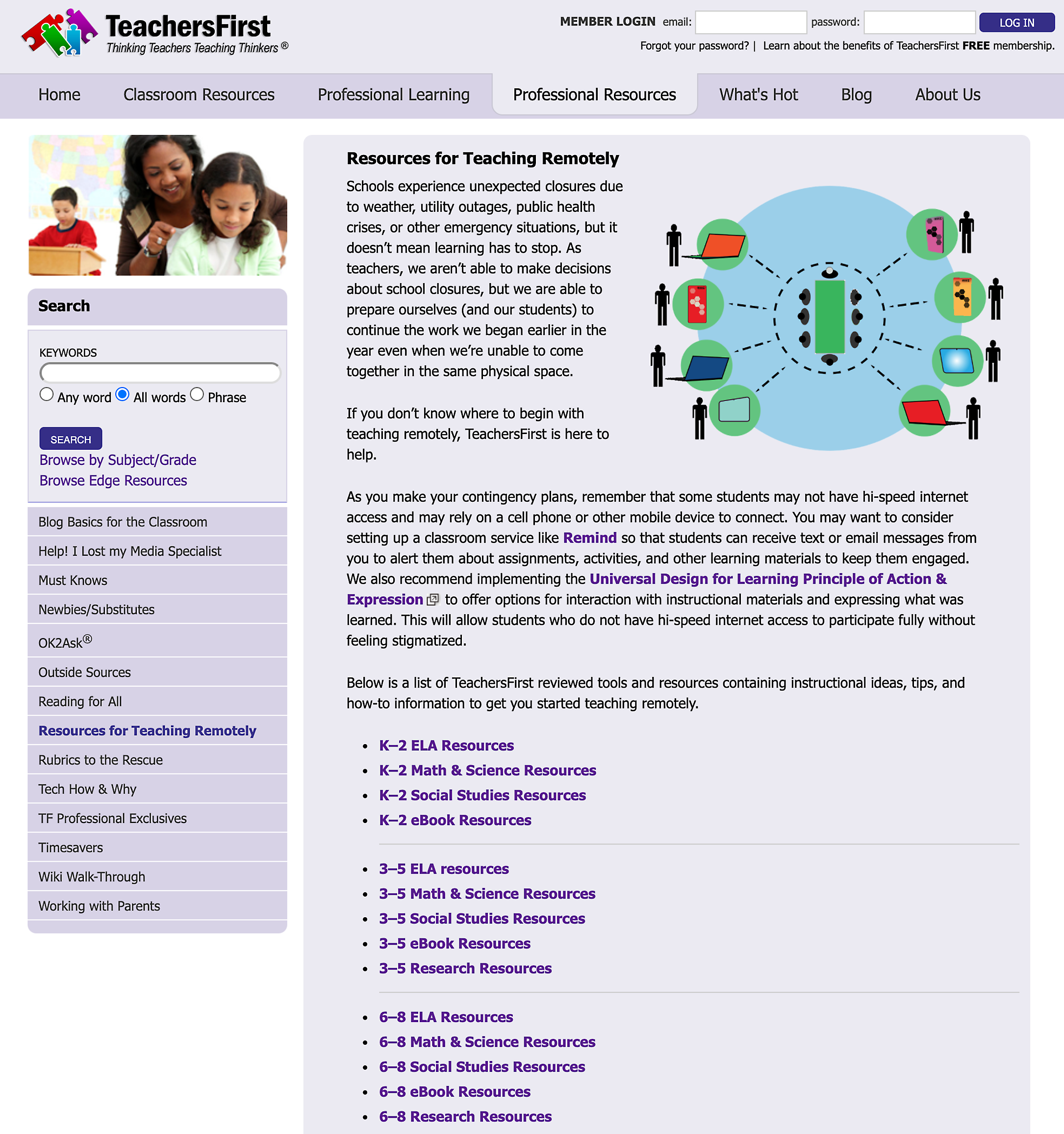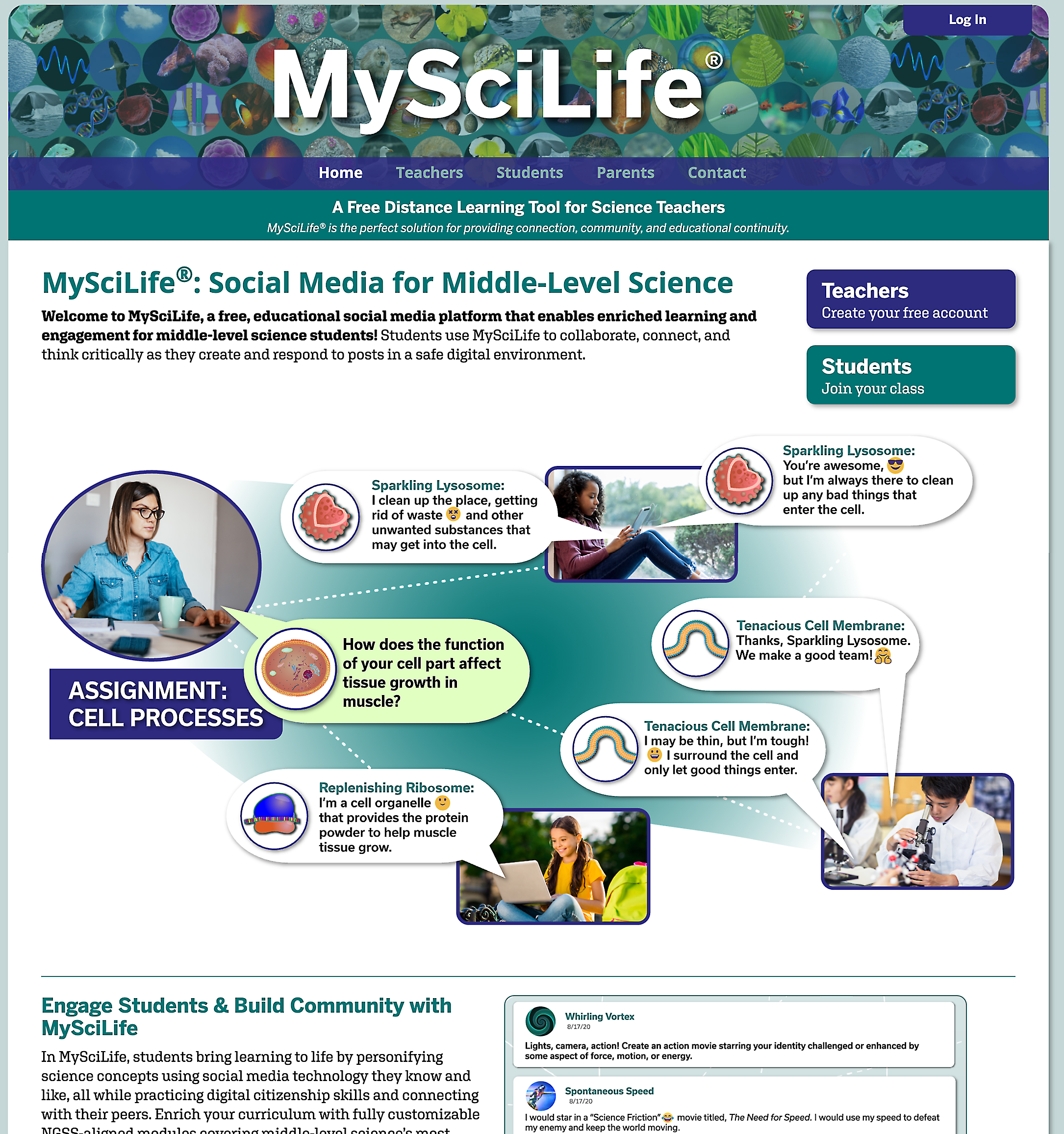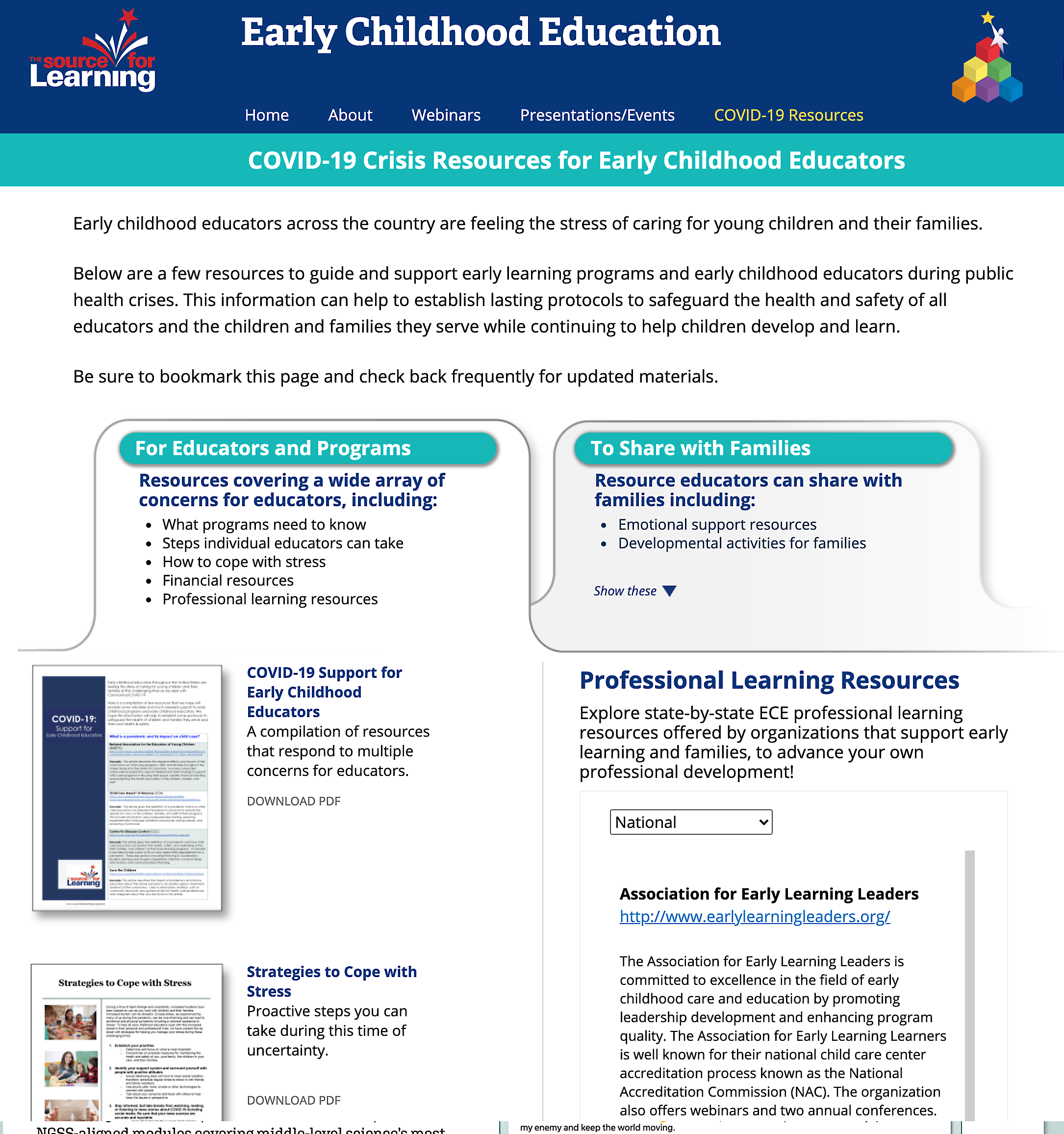The Source for Learning Helps Teachers, Parents, and Students Thrive, Despite Empty Classrooms
As the true magnitude of the COVID-19 crisis emerged, it became apparent that educators were hurtling into uncharted territory. School closures in Spring of 2020 caught teachers, parents, and students off-guard, triggering an unprecedented surge in demand for online resources. Fortunately, The Source for Learning, which has for decades offered one of the foremost collections of online learning resources, quickly launched a comprehensive response.
Connecting Students with Remote Learning Challenges
As closures became commonplace, a soaring number of schools were struggling to connect with students and families who lacked internet access at home. SFL Broadband—which loans out mobile hotspot devices and provides administrators, teachers, and students with wireless broadband—fulfilled a sudden burst of hotspot orders. Hundreds of devices were deployed to new groups of underserved students, while additional inventory was provided to schools and districts currently participating in the SFL Broadband program. With SFL’s hotspots providing connectivity rates of up to 50 GB per month, students and their parents were able to connect with their teachers and schools. Students could complete their homework, submit assignments, and fully participate fully in virtual classroom settings.
“We moved to remote-learning on March 16. We were able to distribute 20 hotspots to our students before closing. Without these hotspots during the COVID-19 pandemic, our students would not have been able to complete their online assignments, participate in virtual-office hours, or do any online activities...there is no doubt that these were a necessary condition for our students' success.
Thank you. Thank you. Thank you.”
HS Technology Director, New Orleans, LA
Navigating a Strange New Environment
Overnight, the world changed and a disoriented learning community was hungry for perspective.
At the onset of the pandemic, U.S. educators clamored for materials that could explain what was happening, nationally and around the world. Our K-12 and Early Childhood Education (ECE) programs immediately organized and posted standing content based on similar public health crises—the 2003 SARS outbreak and the 2009 H1NI virus pandemic, for example—while compiling new collections specific to COVID-19.
Normal workdays were disrupted as districts and programs made the difficult shift of teaching children remotely. Teachers and program administrators found themselves working overtime to adapt. In response, SFL introduced a collection of stress-management and self-care resources designed to help educators minimize burnout and focus on the importance of personal well-being.
Priming Educators for Continuity and Success This Fall
The transition to remote learning was abrupt. Some teachers were left to their own devices as they sought to stay connected with students and find appropriate, consistent instructional materials. But SFL programs were there, with more than 200 offerings to address a wide range of subjects and grade levels, along with family-based resources to help young children continue learning while at home.
SFL augmented its widely recognized compilation of K-12 online resources by:
- Releasing new curated collections on TeachersFirst.org that feature timely resources designed specifically for educators who face challenges in remote teaching and learning.
- Adding new professional development sessions on remote and blended learning, just in time for our TeachersFirst spring and summer OK2Ask virtual workshop series.
- Pre-releasing the newest version of MySciLife (MSL) 4.0, our social media tool for middle level science. The MSL platform integrates into any physical, virtual, or hybrid classroom setting.
SFL developed a COVID-19 resource page for early childhood educators facing a special set of challenges. New, pandemic-oriented resources include:
- Health and safety resources for daycare centers.
- Financial assistance resources for early learning programs.
- Home-based learning resources that educators could share with families.
- A database of free and low-cost professional development materials, searchable by state.
The response has been enthusiastic. A recent note from one high school technology director calls SFL support “a necessary condition for our students’ success,” and concludes, “Thank you. Thank you. Thank you.”
Constant feedback from the learning community will continue to guide SFL. Our activities and offerings—including new, timely fall workshops—will evolve to meet conditions as this public-health crisis plays out. To stay up to date, we invite you to visit TeachersFirst.org, SFLECE.org or SFL news at https://www.sourceforlearning.org/news.

